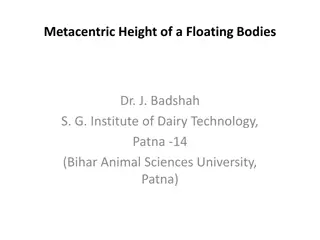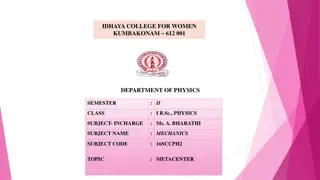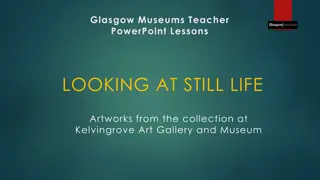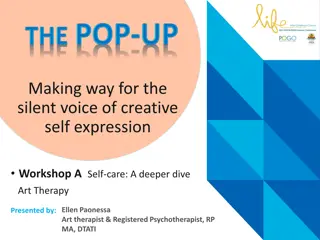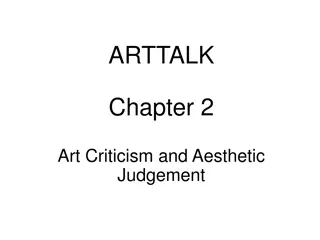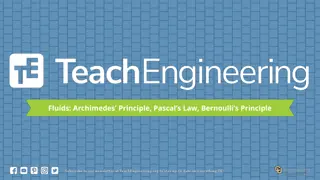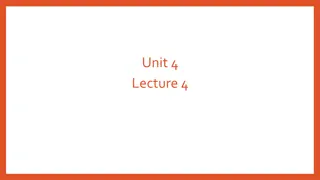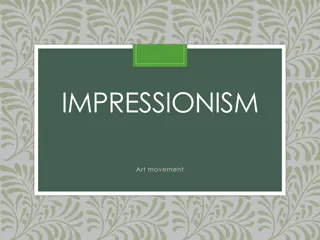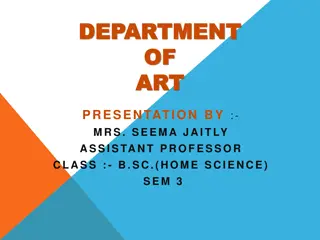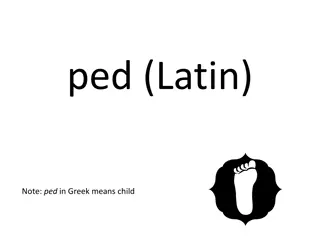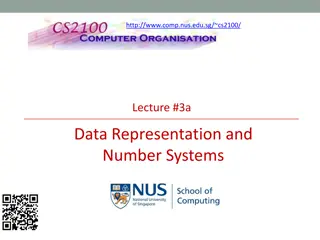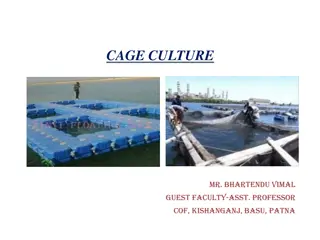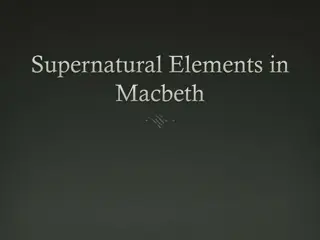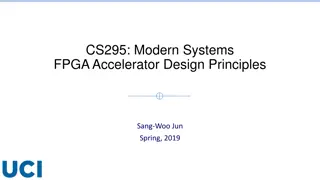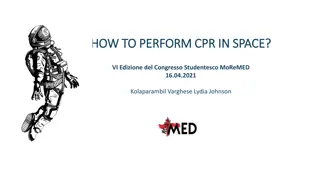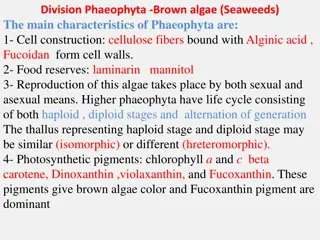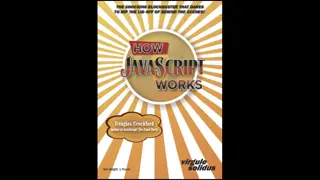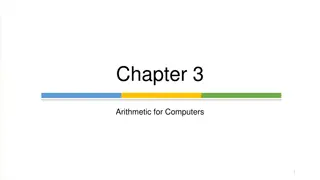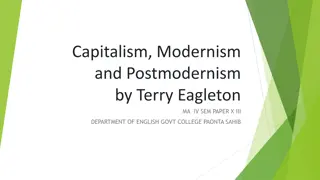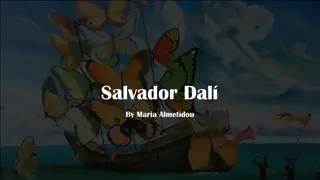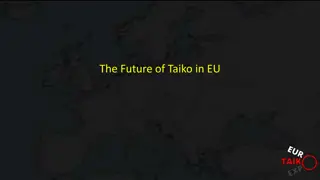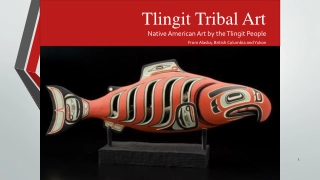Exploring the Art of Ukiyo-e: Pictures of the Floating World
Discover the fascinating world of Ukiyo-e art during Japan's Edo period, where "the floating world" symbolized a realm of elegance and indulgence, depicted through woodblock prints capturing beautiful women, actors, landscapes, and more. Learn how these intricate images were created and why Ukiyo-e provided an escape from reality through its vivid portrayals.
Download Presentation

Please find below an Image/Link to download the presentation.
The content on the website is provided AS IS for your information and personal use only. It may not be sold, licensed, or shared on other websites without obtaining consent from the author. Download presentation by click this link. If you encounter any issues during the download, it is possible that the publisher has removed the file from their server.
E N D
Presentation Transcript
NSW Department of Education The Art of Ukiyo-e Literal translation Pictures of the Floating World
NSW Department of Education Images used in this presentation All images Creative Commons via Bing search: bing.com/images/search?cw=1117&ch=559&q=the+art+of+ukiyo-e&qft=+filterui:licenseType- Any&FORM=IRFLTR 2
NSW Department of Education How did Ukiyo-e come about? During Japan s Edo period (1615 1868) the phrase "the floating world" (ukiyo) evoked an imagined universe of wit, stylishness, and extravagance with overtones of naughtiness, hedonism, and transgression. Implicit was a contrast to the humdrum of everyday obligation. The concept of the floating world began in the Japanese heartland, migrated eastward, and came to full flower in Edo (present-day Tokyo), where its main venues were popular Kabuki theaters and red-light districts. Each offered an array of rich sensory experiences to the fraction of the populace able to partake of them directly. The floating world also afforded vicarious pleasure to countless others throughout the Japanese islands, for whom it was experienced second-hand through theater, song, story, gossip, and pictures.
NSW Department of Education How were the images created? The finished imaged was a culmination between the designer, the block cutter and the printer, and so showed great craftmanship. Once the designer had finalised the image, it was placed faced down on a block of cherry blossom wood, where the block cutter carved directly through the paper to produce the key-block . This was then taken by the printer to produce copies of the design.
NSW Department of Education What kind of art is Ukiyo-e? Ukiyo-e pictures of the floating world included as their subjects: beautiful women, both courtesans and geisha; kabuki actors and sumo wrestlers; history and legend; travel scenes and landscapes; flora and fauna; and, an incredible volume of Shunga, literally spring picture (Erotica). Ukiyo-e did not originally burst forth as full colour pictures. The earliest prints, from the beginning of the 1600 s were impressions only in black ink. Occasionally colors might be added by hand using ground mineral pigments and expensive dyes that were painted in. The images are not meant to portray reality but to offer a form of escapism.
NSW Department of Education Woodblock print Thirty-six Views of Mount Fuji: The Great Wave off the Coast of Kanagawa 6
NSW Department of Education Woodblock prints 1 Geisha and samurai 7
NSW Department of Education Woodblock prints 2 3 Geisha Women 8
NSW Department of Education Is Ukiyo-e low art ? Although Ukiyo-e was initially considered "low" art, by and for the non-elite classes, its artistic and technical caliber is consistently remarkable. Reading the images demands an extremely high level of visual, textual, and cultural literacy Ukiyo-e presented both the historical and all that was current, fashionable, chic, and popular. In the hands of the Ukiyo-e artist, the ordinary was transformed into the extraordinary.
NSW Department of Education Bibliography 1.) education.asianart.org/explore-resources/background- information/floating-world-edo-japan 2.) harvardartmuseums.org/article/here-be-dragons 3.) loc.gov/exhibits/ukiyo-e/intro.html 4.) theartofjapan.com/what-is-the-floating-world/ 5.) vam.ac.uk/content/articles/u/ukiyo-e-pictures-of-the-floating- world/



